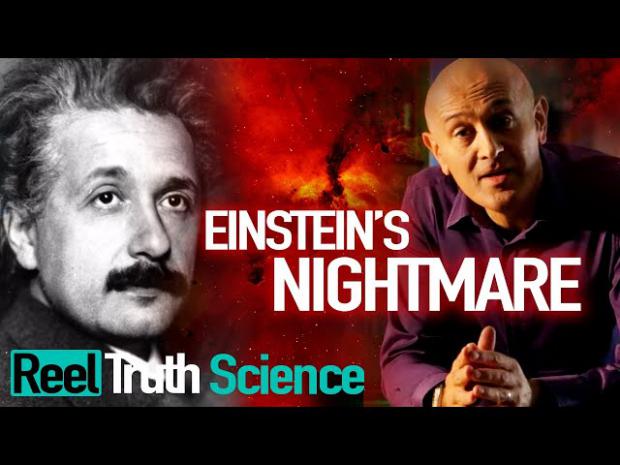
Breaking News
 $11 Trillion Quietly Moved - Americans Will Freeze & Obey When Market Collapse Hits : Chase Hughes
$11 Trillion Quietly Moved - Americans Will Freeze & Obey When Market Collapse Hits : Chase Hughes
 Econ 101 - 2026 Early Economic Forecast
Econ 101 - 2026 Early Economic Forecast
 Buy'r breaks the Blackrock monopoly- How the corporate club controls America
Buy'r breaks the Blackrock monopoly- How the corporate club controls America
 An AI Expert Warning: 6 People Are (Quietly) Deciding Humanity's Future! We Must Act Now!
An AI Expert Warning: 6 People Are (Quietly) Deciding Humanity's Future! We Must Act Now!
Top Tech News
 Build a Greenhouse HEATER that Lasts 10-15 DAYS!
Build a Greenhouse HEATER that Lasts 10-15 DAYS!
 Look at the genius idea he came up with using this tank that nobody wanted
Look at the genius idea he came up with using this tank that nobody wanted
 Latest Comet 3I Atlas Anomolies Like the Impossible 600,000 Mile Long Sunward Tail
Latest Comet 3I Atlas Anomolies Like the Impossible 600,000 Mile Long Sunward Tail
 Tesla Just Opened Its Biggest Supercharger Station Ever--And It's Powered By Solar And Batteries
Tesla Just Opened Its Biggest Supercharger Station Ever--And It's Powered By Solar And Batteries
 Your body already knows how to regrow limbs. We just haven't figured out how to turn it on yet.
Your body already knows how to regrow limbs. We just haven't figured out how to turn it on yet.
 We've wiretapped the gut-brain hotline to decode signals driving disease
We've wiretapped the gut-brain hotline to decode signals driving disease
 3D-printable concrete alternative hardens in three days, not four weeks
3D-printable concrete alternative hardens in three days, not four weeks
 Could satellite-beaming planes and airships make SpaceX's Starlink obsolete?
Could satellite-beaming planes and airships make SpaceX's Starlink obsolete?
The Secret Of Quantum Physics: Einstein's Nightmare (Jim Al-Khalili) | Science Documentary | Sci

Professor Jim Al-Khalili traces the story of arguably the most important, accurate and yet perplexing scientific theory ever - quantum physics.
The story starts at the beginning of the 20th century with scientists trying to better understand how light bulbs work. This simple question led them deep into the hidden workings of matter, into the sub-atomic building blocks of the world around us. Here they discovered phenomena unlike any encountered before - a realm where things can be in many places at once, where chance and probability call the shots and where reality appears to only truly exist when we observe it.
Albert Einstein hated the idea that nature, at its most fundamental level, is governed by chance. Jim reveals how, in the 1930s, Einstein thought he had found a fatal flaw in quantum physics, because it implies that sub-atomic particles can communicate faster than light in defiance of the theory of relativity.
For 30 years, his ideas were ignored. Then, in the 1960s, a brilliant scientist from Northern Ireland called John Bell showed there was a way to test if Einstein was right and quantum mechanics was actually mistaken. In a laboratory in Oxford, Jim repeats this critical experiment. Does reality really exist or do we conjure it into existence by the act of observation?

 First totally synthetic human brain model has been realized
First totally synthetic human brain model has been realized Mach-23 potato gun to shoot satellites into space
Mach-23 potato gun to shoot satellites into space

